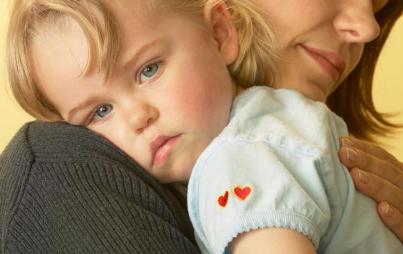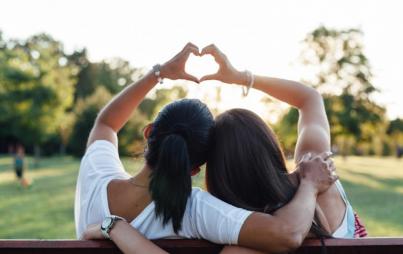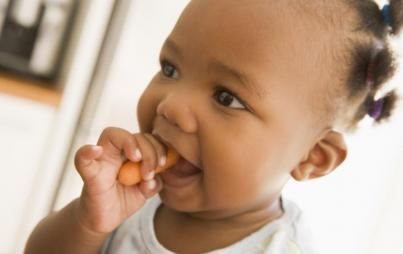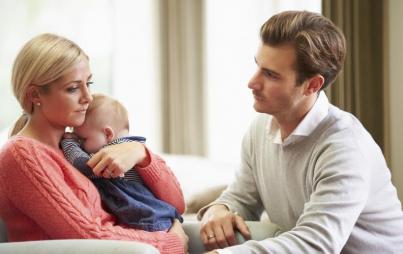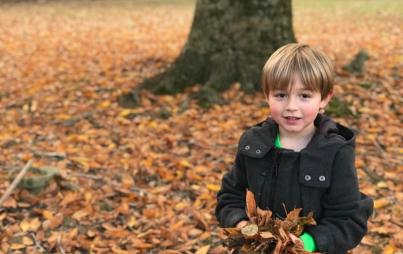
image credit Virgie Tovar
I was The Fat Girl™ growing up. Nearly every school and class has one because fatphobia is about normalizing hierarchy and social control. No matter what the relative weight or size spread of the group, there’s always the biggest kid.
On Friday I was talking to a group of teenage girls for their high school’s Women of Color Speakers Series. I talked a lot about what it was like being TFG. Fatphobia shows up in a lot of different ways, and changes over a person’s lifetime. Most people only think of stigma as the “moment of impact” — the moment when one person treats another person in a cruel or violent way because of who they are. But stigma is never just those moments; it can happen without the conscious intent of another person and can often seem harmless.
Though children have many innate tools, they are encouraged to assimilate into our ways of knowing and doing, which aren’t always awesome. I thought I would describe some examples of fatphobia that occur in childhood to help illuminate the nuance of it. I pull from my memories to illuminate them:
1. Exclusively casting fat children as elders, foils or villains in plays & productions
Every Fall from age five to twelve, it came time to start rehearsing for the Christmas play at my Pentecostal church. Each year the plot was a little different, but often included a beautiful girl, a boy hero, and a lesson about humility or the true meaning of Christmas. Every year I, like most of my friends, really wanted a lead part. As hard as I tried, practiced, rehearsed, or memorized I suspected that I wasn’t the kind of kid who could ever be cast as a lead because I was fat. That didn’t stop me from wishing, but each time it fell through I kicked myself for having wanted something so unattainable.
You Might Also Like: Men Who Want Sex With Fat Women But Won't Date Them
The last time I was in the Christmas pageant I was cast as Monica, a third wheel loser who went around chasing the hottest boy in church as he barely tolerated my advances. I was proud of this role because, unlike previous years, I got several lines. For some reason, I was also dressed like a huge bell the entire time. I liked that I made people laugh, but I didn’t have the intellectual tools to understand that they were laughing at the familiarity of the insulting trope.
In adulthood, I returned to a neighboring church for their holiday play. This time it was all adults. The fat woman was cast as the loudmouth shrew, and at one point during a holiday gift exchange scene she’s given a necklace that’s actually a shock collar and everyone takes turns shocking her with a hidden remote control as the audience laughs. Adult Monica, was that you?
When fat children are consistently cast as the same type of character we are sending them (and everyone else) a message about what it possible, who deserves to visible, what heroes (and villains) look like, and who is worthy of positive representation and outcomes.
2. Monitoring how fat children eat
Science says that children are often hungry. They like the stuff they’ve seen popularized on television. They like sugar and starchy stuff because it’s delicious, but also because they’re growing. As a child I was on the receiving end of differential treatment in both directions – sometimes being encouraged to eat less than my smaller peers or being served twice or three times the amount of food without any indication from me that I wanted that. It’s important to recognize that no matter the size of a child, they have the right to have judgment-free eating experiences.
3. Asking fat children to ignore hateful language and behavior
Children can understand notions like justice and community, and are natural self-advocates. We selectively assimilate marginalized children into disempowerment. This is facilitated by adults’ and peers’ sense that certain types of anti-social behavior are normal. Because of our own cultural education we don’t see certain manifestations of sexism (“boys will be boys,” especially if they’re white boys), fatphobia, and ableism, for example, as “a big deal.” Furthermore, we are sometimes unknowingly committed to the hierarchies that are maintained through anti-social behavior because we see them play out in our own lives.
At school, it is the targeted child’s job to self-resolve hateful language and behavior. This sets up the victim-blaming mentality that fat children carry into adulthood. It’s never ok when someone targets someone because of their body size. Older children, peers, and adults can help develop easy-to-remember scripts and create communities of accountability where adults and teachers are not the only people capable of mediation or resolution.
There’s this belief that bigger children are more adult-like and can therefore withstand more emotionally or physically. This is dehumanization and stigma, plain and simple. Childhood is not determined by how small or large a child is. Children — no matter what their size or what we’ve been taught about their size — deserve to be treated with care and responsibility, free from the stigma we grew up knowing.



